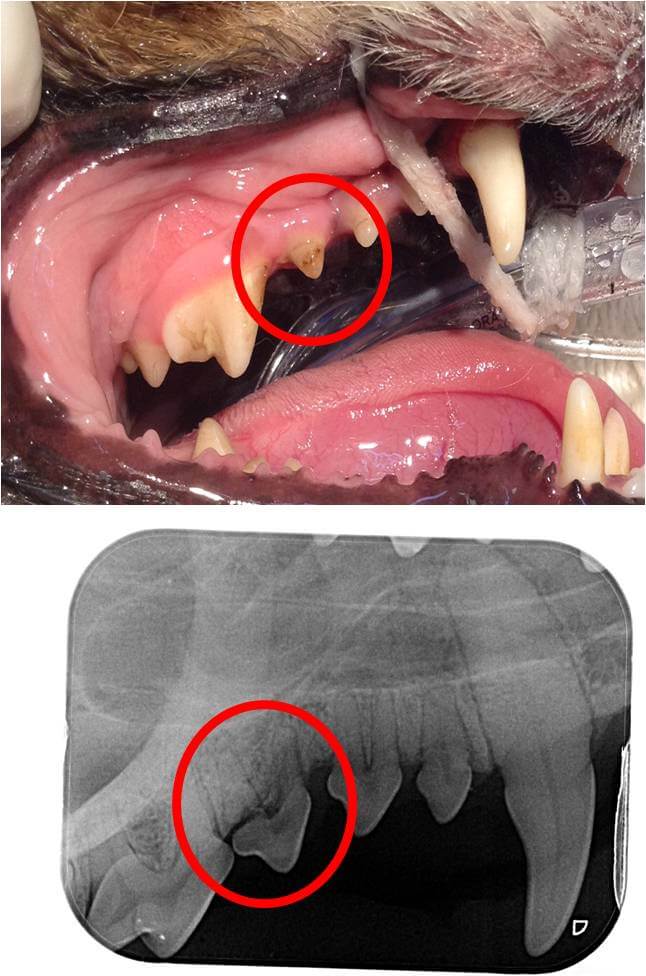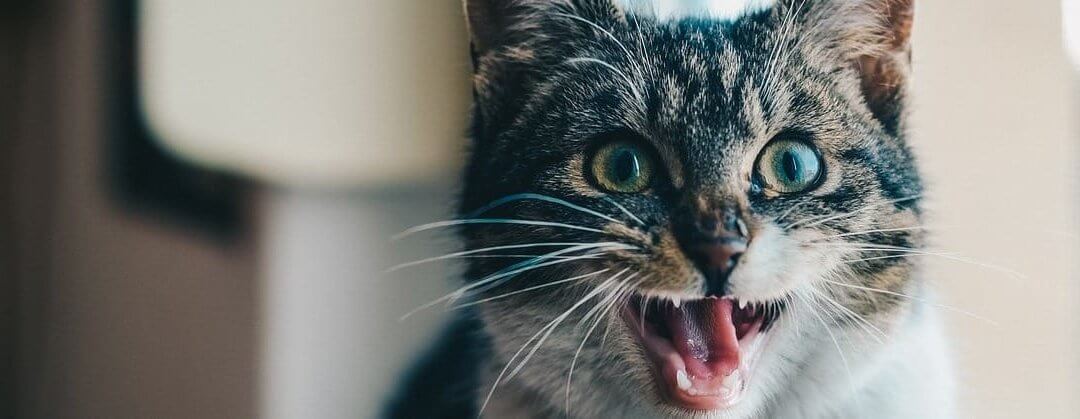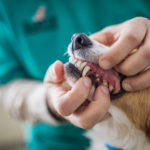There is now plenty of evidence to prove that dental disease is linked to other problems such as heart valve, kidney and liver disease, so it is absolutely essential we keep an eye on your pet’s oral health.
When plaque and tartar accumulate on our pet’s teeth, it can lead to an infection of the gums called gingivitis. It is the bacteria UNDER THE GUM LINE and BETWEEN THE TEETH that can impact the heart and other organs.
The good news is that these problems can be avoided with good preventative dental care – that’s where we come in!
If we detect plaque and tartar in your pet’s mouth, we will recommend a dental procedure under general anaesthetic to allow us to thoroughly probe the teeth and gums, and x-ray the teeth and roots. If you get in early enough, we will hopefully give the ‘all clear’ and then scale away and plaque or tartar on or between the teeth and under the gum line. We then polish all teeth and give the entire mouth an antivirual and antibacterial flush.

If we detect any abnormalities such as loose teeth, infections or pockets of puss, we will call you to discuss treatments options with you.
All treatments are focussed on eliminating painful conditions so that the healthy teeth last longer and your pet leads a pain-free, healthier and longer life.
Our top tips for preventing dental disease at home
- Have your pet’s mouth checked regularly by us. Our experienced vets have been trained to identify potential problems that are less obvious at home. We have MANY patients who we see for regular dental checks / preventative scale and polish procedures. We should be checking your pet’s mouth at LEAST once per year (ideally every 6 months!).
- Ensure your pet is eating the correct diet. These days there are some great premium quality, nutritionally balanced diets on the market that have been specifically designed to benefit your pet’s oral health. Royal Canin Dental Diet is one that we strongly recommend for its proven benefits, and with a 100% money back palatability guarantee it’s great to try for those fussier eaters!
- Brush you pets teeth. For those of you who haven’t tried it, we know you are either terrified at the thought or laughing at the idea whilst reading this point. However we are more than happy to demonstrate tooth brushing on your pet. This is considered to be the ‘gold standard’ of oral care at home, and has been made easier with pet toothbrushes and toothpaste being made available.
- Encourage chewing. Rough, abrasive chew toys and treats are great to promote your pet’s oral health. Greenies, Dentastix, raw, meaty bones, carrots etc. are great for your pet’s teeth. We always recommend supervising your pet when they are given these treats as on very rare occasions they can get stuck in the mouth or throat.
WHY we recommend dental radiographs for routine scale-and-polish dental procedures
These images are of a dog who was examined in the consult room by Dr Rod who determined grade 2 dental disease (0 being none present at all, grade 4 being the worst) was present on his teeth above the gum line. The owner promptly booked their beloved pooch in for a routine clean (or a ‘wellness prophy’ as we call it) at which time Dr Rod performed a series of routine dental x-rays of the dog’s entire mouth (now included in our wellness prophy pricing).
As you can see here in the image, the x-rays exposed the neck of the tooth root was cracked under the gum line! This tooth required extraction before it potentially caused this dog pain, infection, and more advanced dental disease.
This just goes to show how beneficial dental x-rays are for our pets. If this cracked tooth was not detected, the patient would have gone home with a beautiful set of pearly white teeth, but would be returning in the near future potentially with a painful mouth, fast advancing dental disease and infection.






